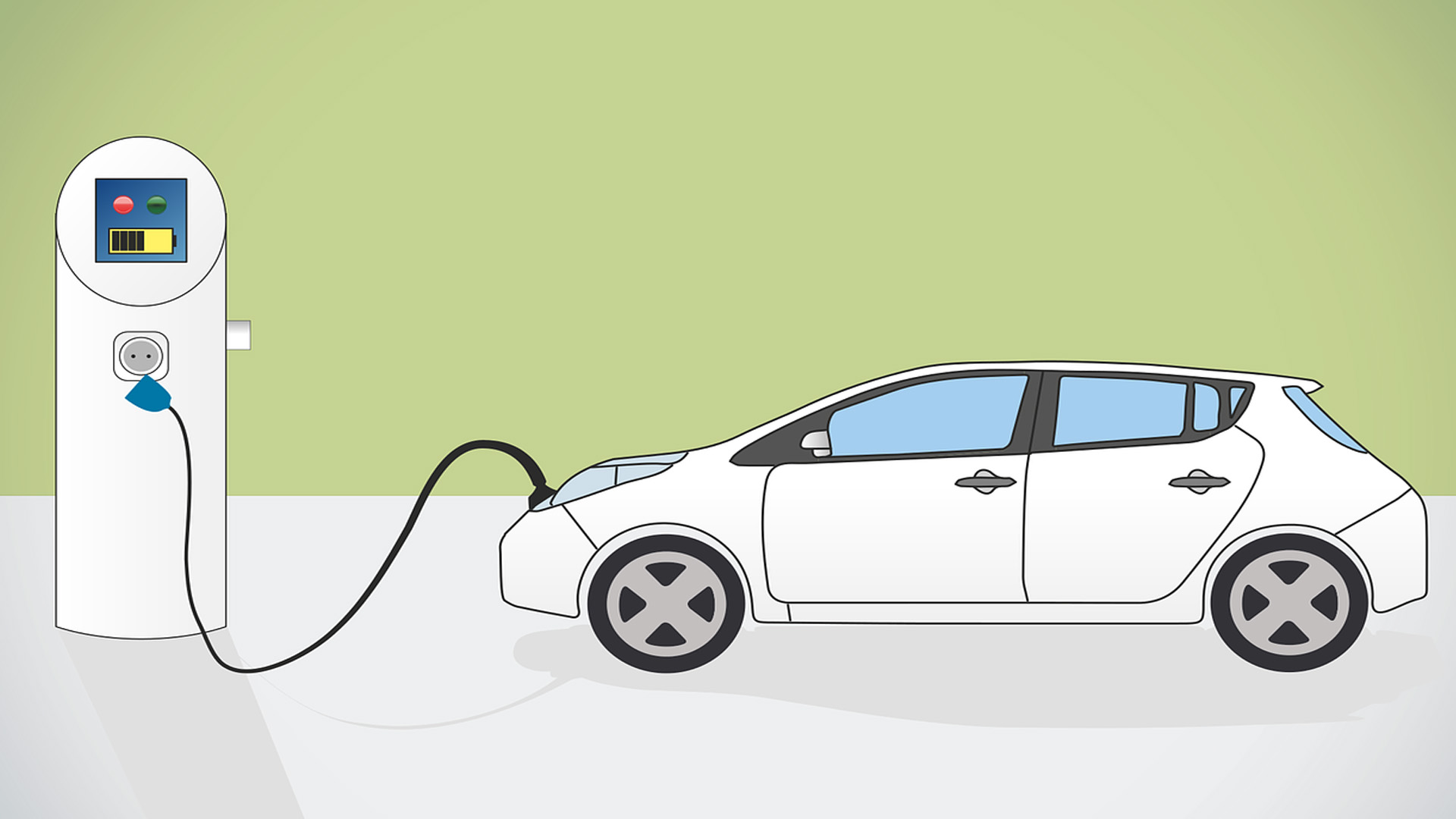Revolutionising electric vehicle reliability comes down to four layers of crystal

Thanks to funding from the EPSRC, the University of Bristol’s Dr. Saeed Jahdi is working closely with the Compound Semiconductor Applications Catapult as part of his Researcher in Residence placement to investigate how reliable the latest Silicon Carbide (SiC) Power devices are: a key component for an electric vehicle.
These devices are crucial for heavy-duty tasks, like being part of the circuit that controls the flow of electrical energy in electric vehicles. Speaking of the project, Saeed said: “Reliability is a key criterion in assessment of performance of power devices in heavy-duty applications. Understanding these enable more sustainable designs.
“We’re hoping to shed light on reliability metrics of state-of-the-art SiC power devices for specific applications in electric vehicles and ancillary circuits.”
Dr. Jahdi and his team are specifically looking at SiC Metal-Oxide-Semiconductor Field-Effect Transistors (MOSFETs) and Bipolar Junction Transistors (BJTs). They found that the 4H-SiC Bipolar Junction Transistors (BJTs) show promising signs of being more reliable and robust compared to traditional Silicon (Si) BJTs.
The ‘4H’ refers to a specific four-layer repeat pattern crystal structure of Silicon Carbide (SiC), used to describe the arrangement of atoms in a crystal lattice.

The tests focused on how well these devices perform under stress, especially at high temperatures. It is seen that 4H-SiC BJTs have better current gain and remain stable even when there are rapid changes in the electrical input.
The team used advanced computer simulations to analyse the performance of SiC BJTs in different situations. Interestingly, they found that the significant delays in Silicon BJTs when turning on and off are minimal in 4H-SiC BJTs. However, SiC BJTs are more sensitive to sudden increases in current. The research now continues to analyse the reliability metrics of the latest generations of 4H-SiC power MOSFETs.
Speaking on his experience at the compound semiconductor Applications Catapult, Saeed said: “From day one, you can feel the good vibes and everyone’s got your back. It’s not just about doing research; it’s about doing it together. The labs are top-notch, and there’s this awesome vibe that just makes you want to dive into groundbreaking stuff.”

Dr. Saeed Jahdi is a Senior Lecturer in Power Electronics at the University of Bristol
Dr Ingo Ludtke, Head of Power Electronics at CSA Catapult said: “We are delighted that CSA Catapult can collaborate with universities as part of the Researchers in Residence scheme. This scheme allows CSA Catapult to develop stronger links between universities and industry, accelerating research and technology development within key areas.”
“SiC reliability is of particular interest and we are very fortunate to be able to support Saeed’s investigations.”
This research is important for improving the reliability of the latest SiC power devices, especially for use in an electric vehicle and related circuits. The goal is to make these devices more dependable for a wide range of applications.



